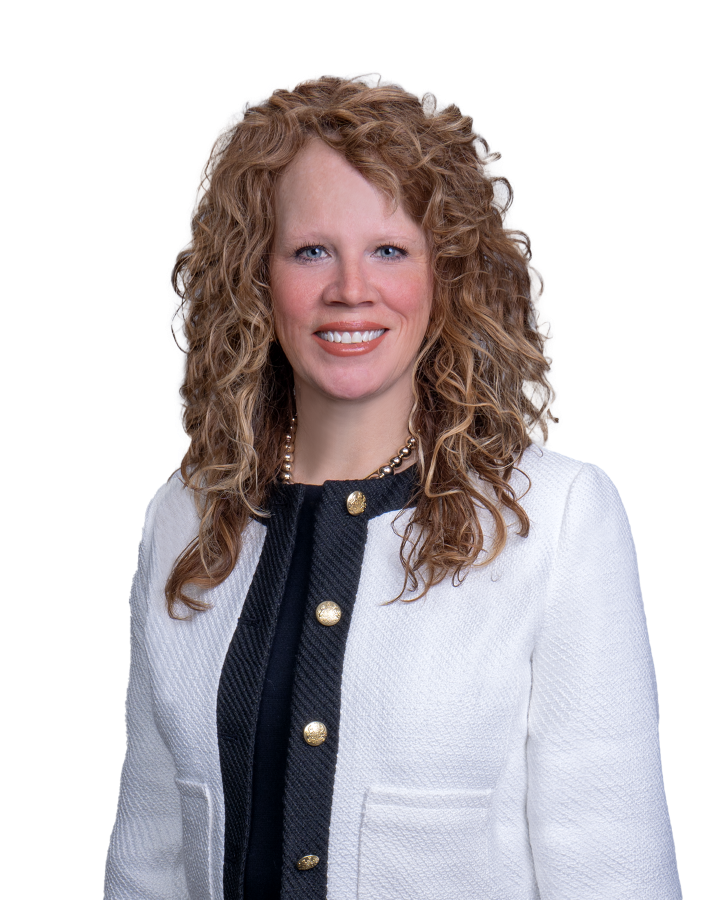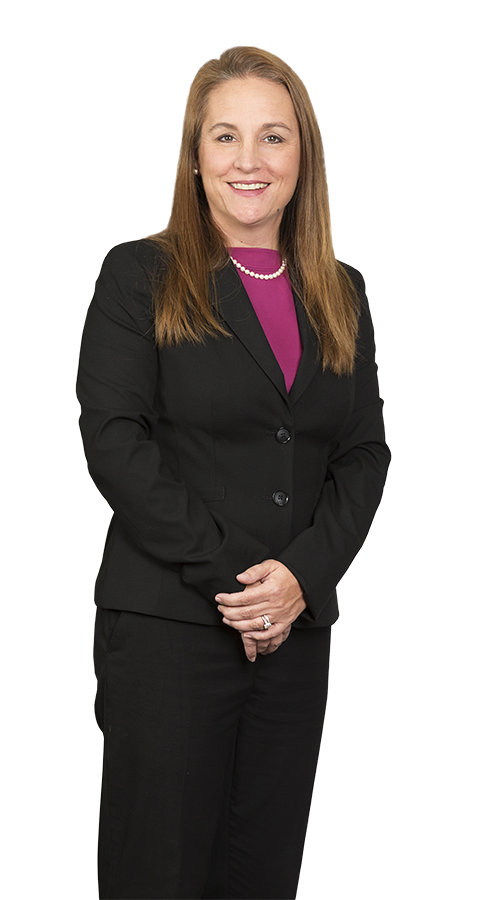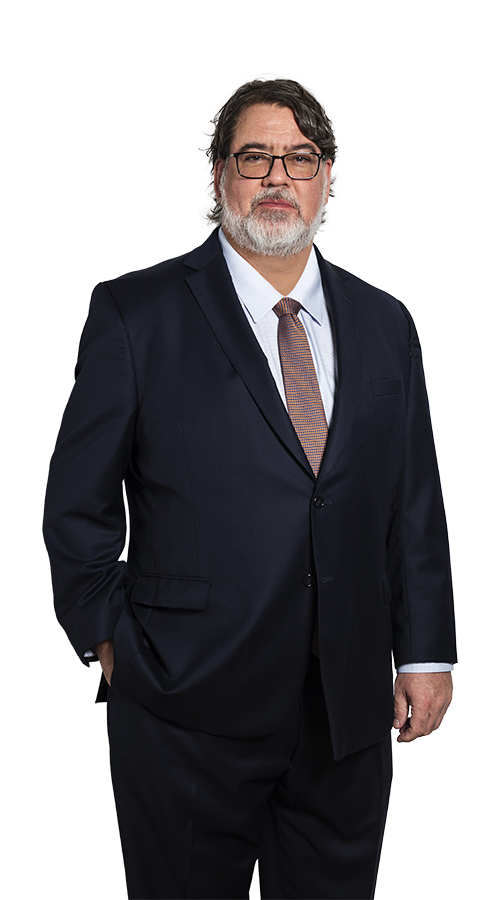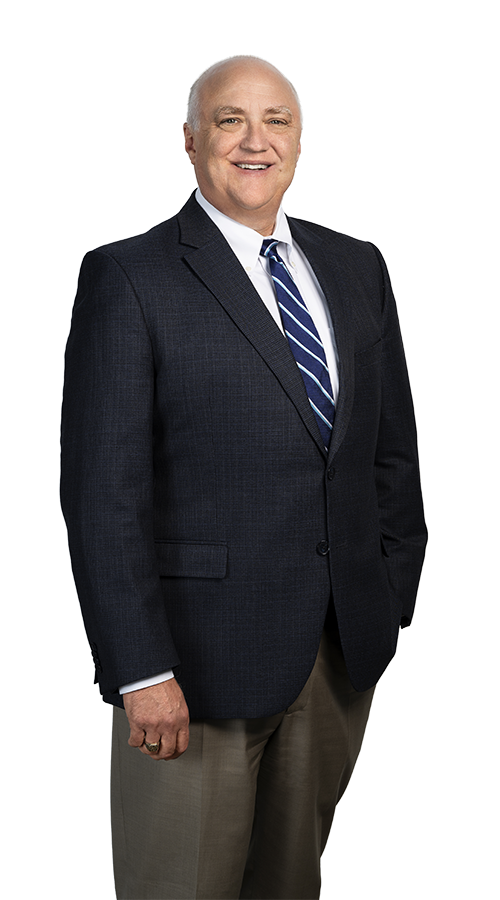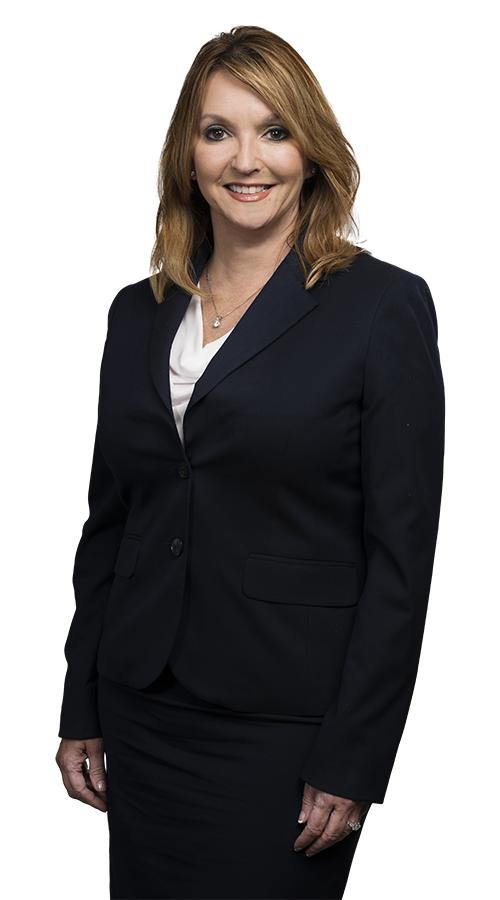Conducting periodic self-audits of your compliance with workplace health and safety regulations can help you identify and fix potential hazards before they lead to injuries, illnesses, fines and citations. The federal OSHA website provides a host of self-check checklists, which vary by industry and company size, type and diversity. Here are some of the main points that should be covered in a self-check.
Employer posting
Companies covered by OSHA’s federal program must display the agency’s free poster, which informs employees of their health and safety rights, in a place where all employees are likely to see it, such as the kitchen, break room or other common areas. Other things should be prominently displayed too, including emergency phone numbers, room capacities and signage for exiting the building. When employees may be exposed to toxic substances, appropriate information must be posted or otherwise made available to impacted employees.
Record keeping
Companies with more than 10 employees in certain industries are required to keep a record of serious work-related injuries and illnesses, including COVID-19. Your self-check should verify that any incidents are being properly recorded on the appropriate forms and stored for the required amount of time and that an annual summary is properly displayed in a conspicuous place for employee viewing. Employee medical records, records of exposure to hazardous substances and employee training records must be kept up to date as applicable, and operating permits and records for items such as elevators or air pressure tanks must be kept up to date.
Safety and health program
Your company should have an active safety and health program. One person should be assigned responsibility for leading the program, and there should be a safety committee made up of management and labor or staff representatives that meets regularly. Employees must be educated about their workplace health and safety rights and responsibilities, and there should be a procedure for handling in-house health and safety complaints from employees.
Medical services and first aid
Is there a hospital or urgent care center within close proximity to the workplace? If not, at least one employee on each shift should have current qualifications to render first aid. First aid kits must be easily accessible to each work area, with supplies periodically inventoried and replenished as necessary. In areas where corrosive liquids or materials are handled, there must be easy access to a slop sink or another facility for flushing the eyes or body.
Fire protection
Fire protection is a multi-faceted and important piece of any OSHA self-check. Evacuation procedures must be implemented and communicated to employees, and there should be periodic fire drills to practice them. Portable fire extinguishers should be available in adequate numbers and easily accessible, and employees should be trained on their use. If there are fire alarm and sprinkler systems, they must be inspected regularly, and fire doors must be in good operating condition and, along with other exits, be unobstructed and clearly marked.
Personal protective equipment
Personal protective equipment (PPE) includes protective clothing; protection for the eyes, face, head, and extremities; protective shields and barriers; and respiratory devices. PPE must be provided, used and maintained in a sanitary condition wherever the environment presents hazards, such as chemical hazards, radiological hazards, or mechanical irritants, and employees must be trained and required to use the equipment. Employers are responsible for assessing the workplace to determine if hazards are present or likely to be present that necessitate the use of PPE. To help prevent worker exposure to COVID-19, OSHA has developed interim guidance with regard to PPE as well as social distancing, hand-washing, environmental controls and other measures. The guidance varies based on whether workers’ jobs require them to be in frequent close contact with members of the general public or people known to be or suspected of being infected with the virus. PPE should be selected based on the results of an employer’s hazard assessment and workers’ specific job duties.
Other areas
OSHA self-check checklists also cover other areas, such as stairways and lockout/tag-out procedures. While there is no standard checklist format, all self-checks should note the name of the auditor and the date that each category was inspected. Any deficiencies should be noted with a deadline to fix them, and the date when they were actually fixed. By performing self-checks and acting swiftly on any findings, companies can help protect their workers while protecting their bottom line.
If you need assistance with an OSHA matter, give us a call. The OSHA lawyers at Pappas Grubbs Price PC have a wide range of experience on OSHA matters, from compliance counseling and assessment to representing clients in the OSHA inspection process and in OSHA lawsuits.


